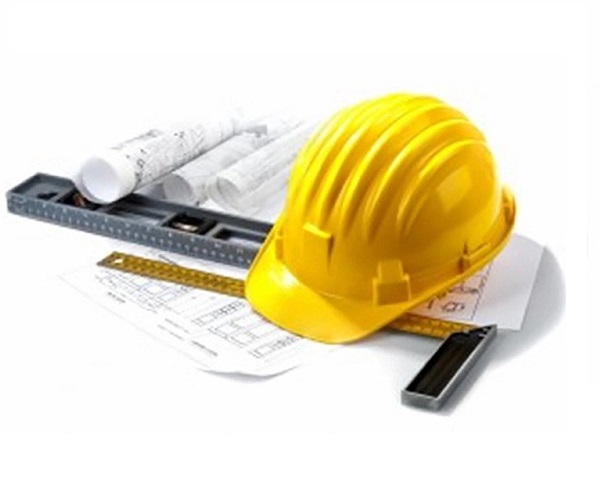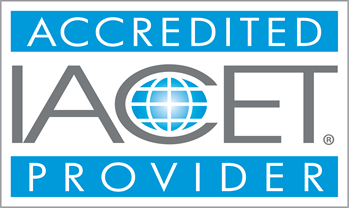Price: $49.99
Hazard Identification and Control(STSC)
Practice and Preparation: Whether you're taking the STSC on a weekend or workday, find your practice resources here.
Course Modules - (29)
Learning Outcomes:
- One of the primary benefits of online STSC training is its flexibility and convenience. study at your own pace, making it an ideal choice for those with busy schedules
Completion Requirements:
- 100% appearance for the course
- Fully involvement in all class trainings (determined by instructor)
- Completion of Continuing Education and Training Registration Form
- Completion of mandatory quiz assessments
- As applicable, attainment of least passing score on required end-of-course examination
- Participation and submittal of end-of-course assessment form (must provide name on form to obtain credit)


